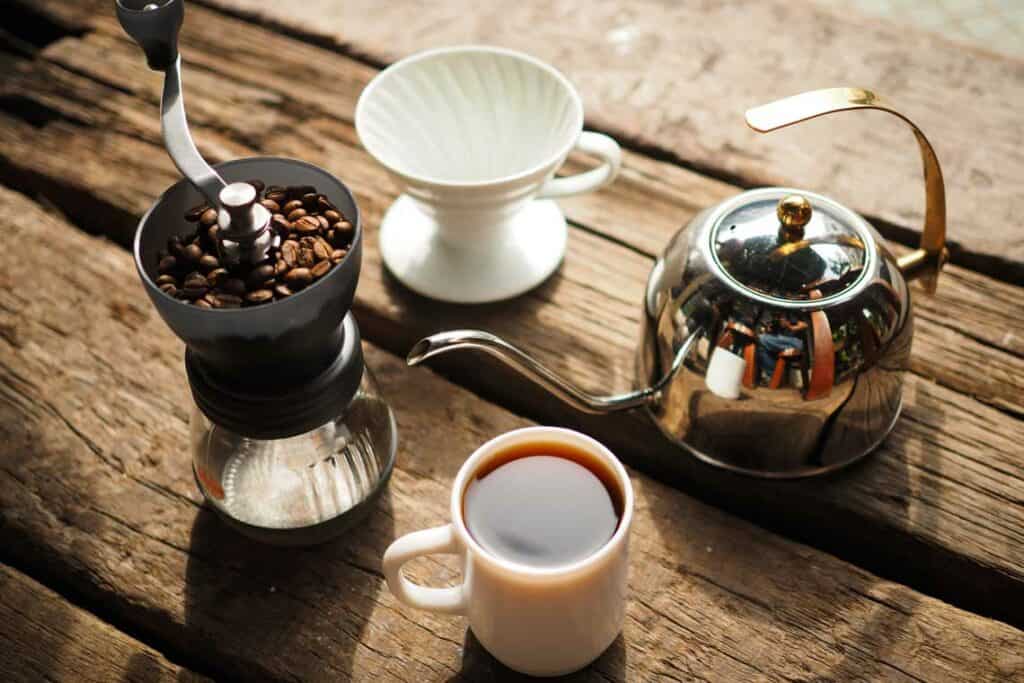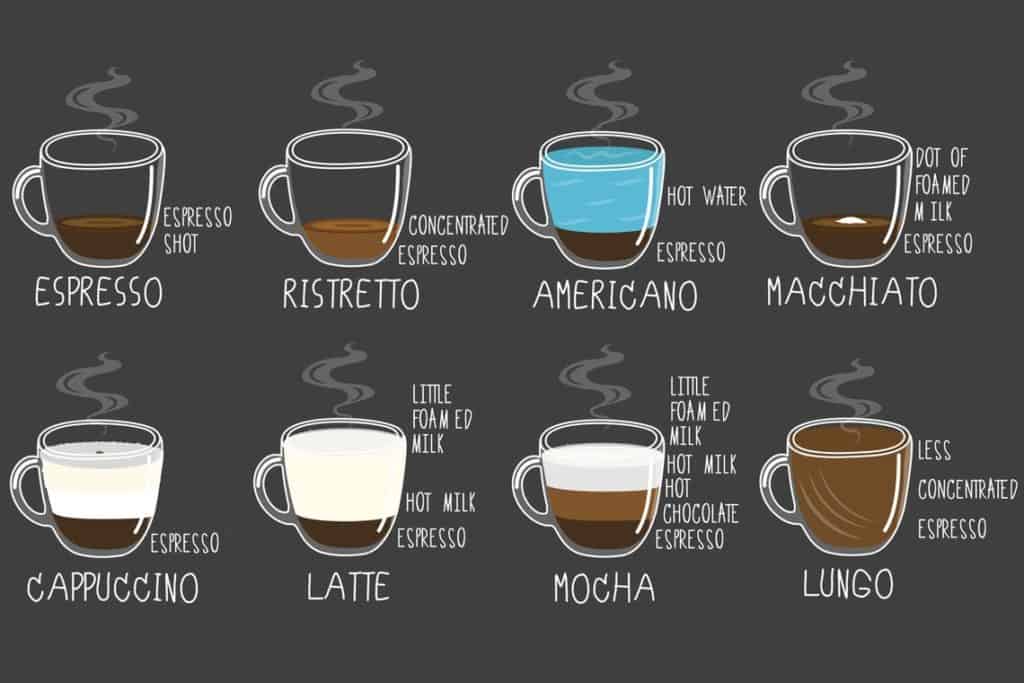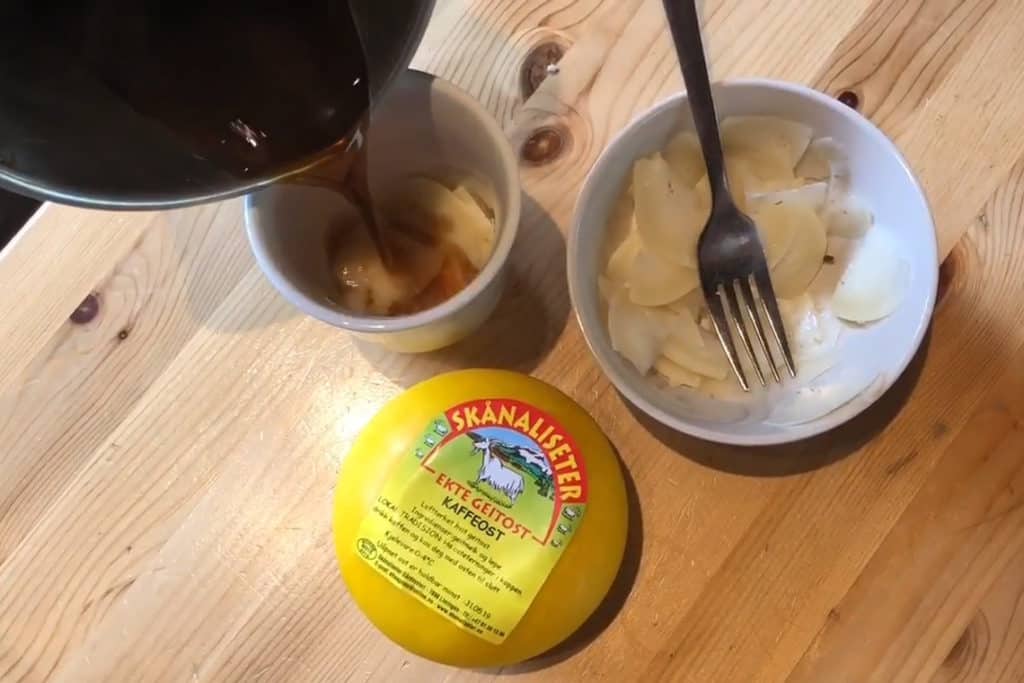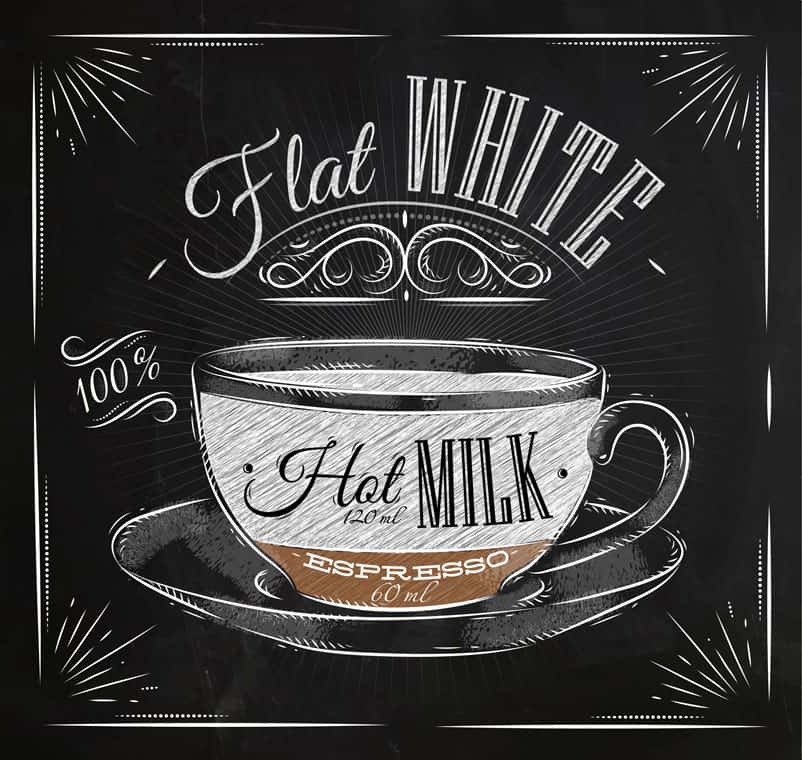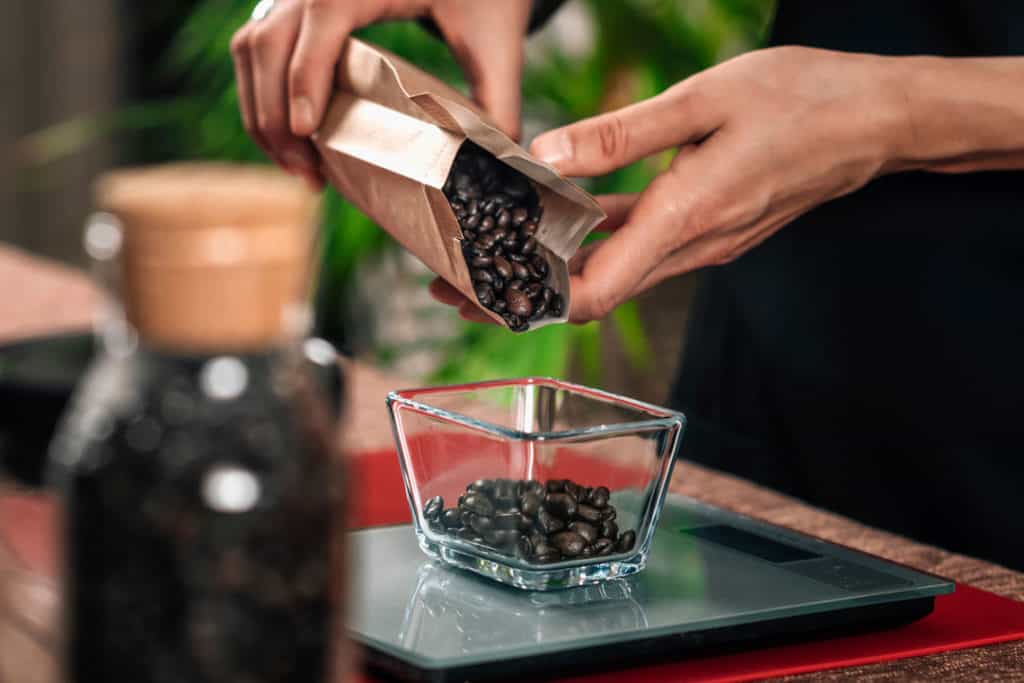Making coffee at home has its charm, and it can be a great way to start your day. Not only does it save you time and money, but it also gives you the opportunity to customize your cup of coffee according to your taste. With the right tools, you can make a delicious cup of coffee in no time.
Making a great cup of coffee is the result of a combination of choices: using quality water, procuring fresh and good quality coffee beans, choosing your favorite brewing method and brewing equipment, and finally, adding milk, sugar, or any other flavorings that you prefer.
Water Quality and Temperature
Water is an essential ingredient in the coffee brewing process and significantly impacts the final product’s taste. Here are a few ways that water quality can affect the taste of coffee:
Mineral content: The mineral content of water can impact the flavor of coffee. For example, water with a high mineral content, such as hard water, can leave a mineral taste in the coffee. On the other hand, water with low mineral content, such as distilled water, can result in a flat and bland cup of coffee.
Chlorine and other chemicals: Chlorine and other chemicals in tap water can affect the flavor of coffee. The chlorine can leave a chemical taste in the coffee, while other chemicals can leave an unpleasant aftertaste. To avoid this, many coffee aficionados use filtered or bottled water for their coffee.
The temperature of the water is also important when making coffee. The ideal temperature is between 195°F and 205°F. If the water is too hot, it can cause the coffee to become bitter, while if it is too cool, the coffee will be weak.
Selecting Coffee Beans
Choosing the right kind of coffee beans is a crucial step in making great coffee at home. Here are some factors to consider when selecting coffee beans:
Roast level: Coffee beans come in different roast levels, including light, medium, and dark. The roast level affects the coffee’s flavor, aroma, and body. Light roast coffee has a brighter, more acidic taste and a lighter body, while dark roast coffee has a bolder, smokier flavor and a heavier body.
Origin: Coffee beans are grown in different regions around the world and each region produces coffee with unique flavors and characteristics. For example, coffee from South America is often described as having a nutty flavor and a mild body, while coffee from Africa is known for its bright and fruity flavor profile.
Arabica vs. Robusta: Arabica and Robusta are the two main species of coffee. Arabica is generally considered to have a more complex and nuanced flavor profile, with a higher acidity and a milder body. Robusta, on the other hand, is known for its strong and bold flavor, with lower acidity and a heavier body.
Blend vs. Single Origin: A blend is a mixture of coffee beans from different regions, while a single-origin coffee is made from beans from a specific region or farm. Blends are often created to achieve a particular flavor profile, while single-origin coffees showcase the unique flavor characteristics of a specific region.
Freshness: The freshness of coffee beans is also an important factor to consider. Freshly roasted coffee will have a bright and vibrant flavor, while coffee that has been sitting on the shelf for a long time will have a dull and flat taste.
When choosing coffee beans, it’s important to keep in mind your personal taste preferences and to experiment with different options to find what you like best. Consider buying whole-bean coffee and grinding it fresh before brewing, as this can greatly improve the flavor and aroma of the coffee.
Grinding coffee at home
Grinding coffee beans immediately before brewing is recommended for several reasons:
Freshness: Freshly ground coffee has a stronger and more intense flavor compared to pre-ground coffee, which can lose its freshness and flavor over time.
Aroma: The aroma of freshly ground coffee is much more pronounced than pre-ground coffee, leading to a more enjoyable and satisfying coffee-drinking experience.
Customization: Grinding your own coffee allows you to control the coarseness of the grind, which can have a significant impact on the taste and strength of your coffee. Finely ground coffee produces a stronger, more full-bodied cup, while coarser grinds produce a lighter, more delicate cup.
There are two main types of coffee grinders: blade and burr grinders.
Blade grinders work by using a spinning blade to chop the coffee beans. They are generally less expensive and more compact, making them a good option for home use. However, they can be less consistent in the grind size, which can lead to a less uniform extraction and a less balanced flavor in your coffee.
Burr grinders, on the other hand, use two spinning burrs to crush the beans, resulting in a more uniform grind. They tend to be more expensive, but are also more precise, making them an excellent option for home use if you’re looking for a higher-quality grind. They are also more durable and can last many years with proper care.
So, to summarize, for home use, a burr grinder is generally more convenient as it produces a more uniform grind and can result in a better-tasting cup of coffee.
Use the correct proportion of coffee to water.
The proportion of coffee to water is also important. A ratio of 1:15 (1 gram of coffee to 15 grams of water) is considered a good starting point.
For greater consistency and accuracy: use a coffee scale.
Measuring coffee by weight instead of volume ensures consistent results each time you brew. A tablespoon of coffee grounds may look different from one day to the next, but using a scale guarantees the same weight and therefore the same amount of coffee each time.
A scale is more accurate than other measuring methods, such as tablespoons or teaspoons. This is particularly important in coffee brewing, where precise ratios of coffee to water are crucial for achieving the desired flavor and strength.
Choose your favorite Brewing method.
There are several coffee brewing methods that you can choose from, each with its own unique flavor profile and level of convenience. Here are some of the most popular options:
Drip Coffee Maker: This is one of the most common and convenient methods of brewing coffee at home. It’s fast, easy to use, and requires little effort. Most drip coffee makers come with a built-in grinder, or you can use pre-ground coffee. They are relatively affordable and produce a consistently good cup of coffee.
French Press: A French press, also known as a press pot or plunger pot, is a simple and affordable brewing method that produces a full-bodied, rich cup of coffee. It’s a bit slower than a drip coffee maker, but it’s easy to use and requires little skill. French presses are usually made of glass or stainless steel, and they can be purchased for a reasonable price.
Pour Over: This method involves pouring hot water over coffee grounds placed in a filter. It’s a slower process than a drip coffee maker, but it allows for more control over the brewing process, resulting in a more nuanced and flavorful cup of coffee. Pour-over devices can be made of ceramic, metal, or plastic, and they range in price from affordable to high-end.
Aeropress: The Aeropress is a newer brewing method that has become popular in recent years. It’s a fast and convenient method that uses pressure to extract flavor from the coffee grounds. Aeropresses are relatively affordable and come in a compact, portable design, making them a good option for home or travel.
Espresso Machine: Espresso machines are typically more expensive and require more skill than other brewing methods, but they also produce a strong and flavorful cup of coffee. Espresso machines come in a range of sizes and prices, and can be an excellent investment for coffee lovers who want to make cafe-quality drinks at home.
Each of these brewing methods has its unique flavor profile and level of convenience, so it’s a matter of personal preference and lifestyle. If you’re looking for a fast and convenient option, a drip coffee maker or an Aeropress might be the best choice. If you’re looking for a full-bodied and flavorful cup of coffee, a French press or pour over method might be a better option. Ultimately, the best brewing method for you will depend on your individual taste preferences and lifestyle.
Frothing milk
Frothing milk without a steamer is easy and can be done with just a few household items. Here are a few methods you can try:
Using a French press: Fill a French press about one-quarter full with cold milk and pump the plunger up and down rapidly for about 30-60 seconds, or until the milk has doubled in volume and has a frothy texture.
Using a hand-held milk frother: Fill a jar with cold milk and use a hand-held milk frother to whip the milk for about 30-60 seconds, or until it has doubled in volume and has a frothy texture.
Using a whisk: Fill a jar with cold milk and use a whisk to whip the milk rapidly for about 2-3 minutes, or until it has doubled in volume and has a frothy texture.
Using a blender: Fill a blender with cold milk and blend on high speed for about 15-30 seconds, or until the milk has doubled in volume and has a frothy texture.
Whichever method you choose, be sure to stop frothing the milk as soon as it reaches the desired texture, as over-frothing can cause the milk to become grainy and lose its froth.
Adding cream, sugar, or other flavorings
The taste of coffee is a matter of personal preference, so what one person considers to make coffee taste good might be different from another. Here are some of the most common additions to coffee:
Sugar: Adding sugar to coffee can help to balance out its bitterness and enhance its sweetness. However, it is important to note that sugar also adds calories to your drink.
Milk: Adding milk to coffee can help to smooth out its flavor and create a creamy texture. Whole milk, skim milk, and non-dairy alternatives like almond milk, soy milk, and oat milk are all popular choices.
Cream: Adding cream to coffee can make it even creamier and richer in flavor. However, it is also higher in fat and calories compared to milk.
Syrups: Flavored syrups, such as vanilla, hazelnut, or caramel, can be added to coffee to create a sweeter and more aromatic drink.
Spices: Some people like to add spices, such as cinnamon or nutmeg, to coffee to enhance its flavor.
Ultimately, it is up to you to decide whether you prefer to drink your coffee black or with additions like sugar, milk, or flavorings. Some people prefer black coffee for its bold and robust flavor, while others prefer it with additions for a sweeter and smoother taste.
Last Updated on May 28, 2023 by Cristina Vélez
